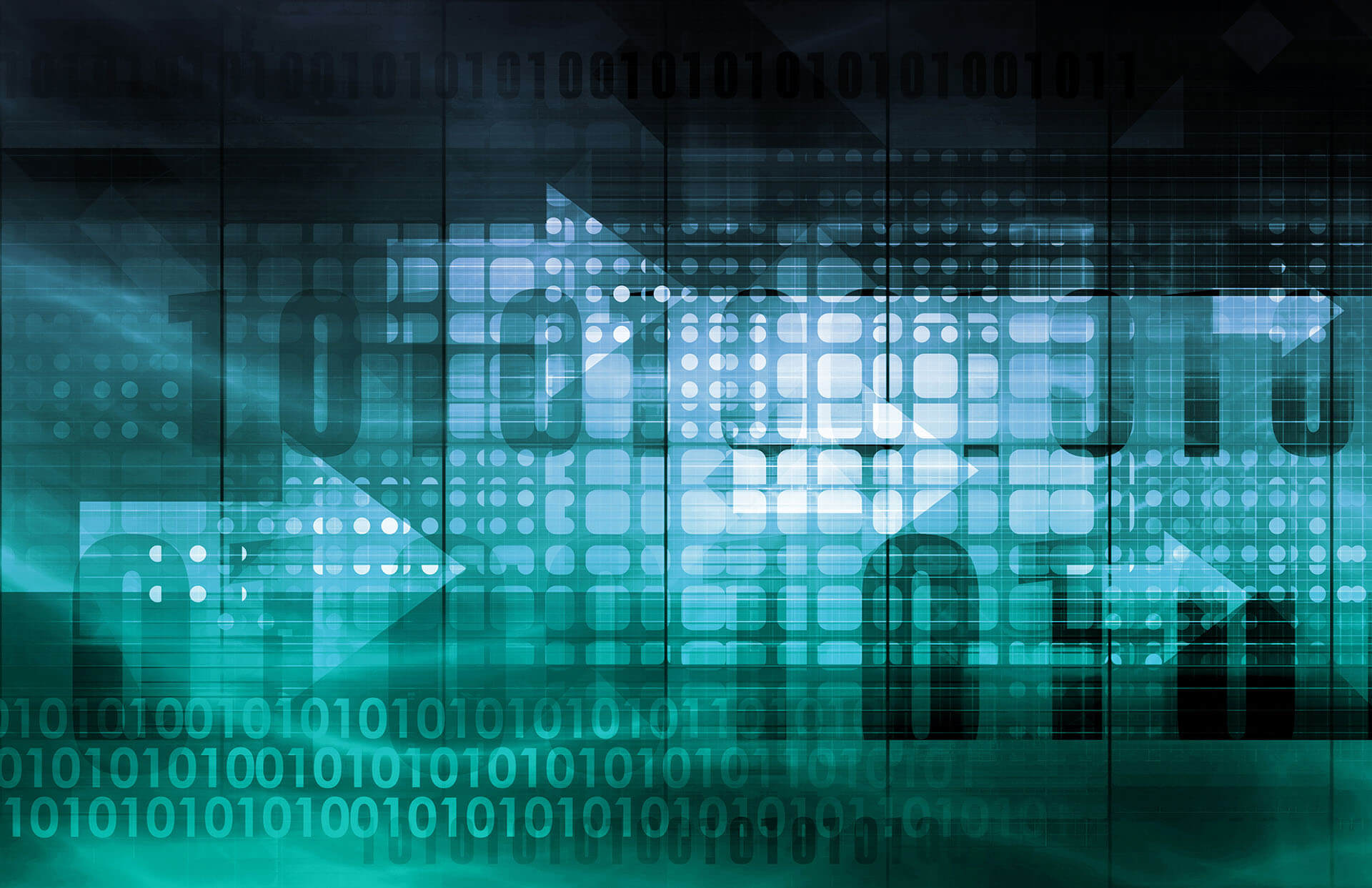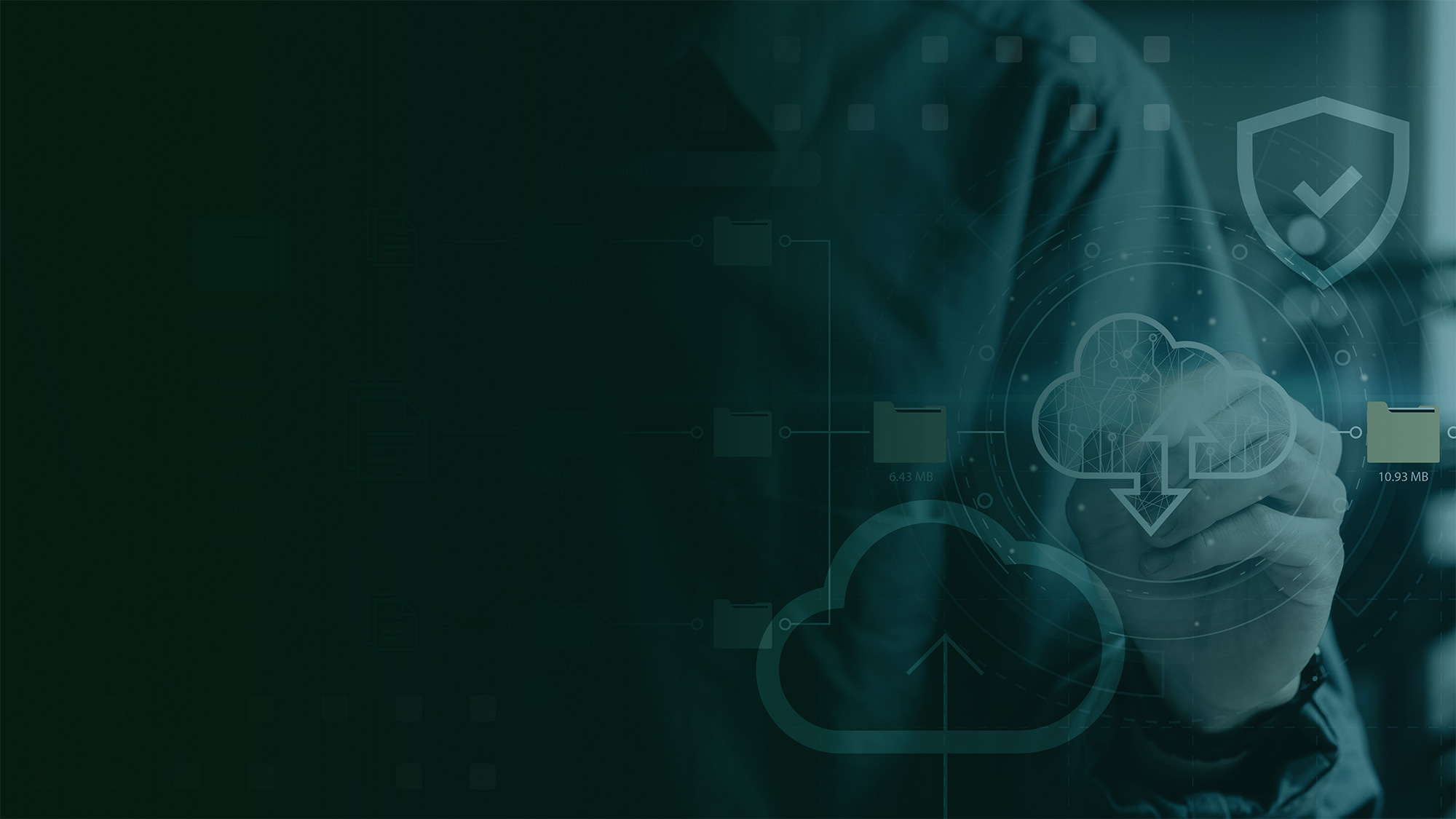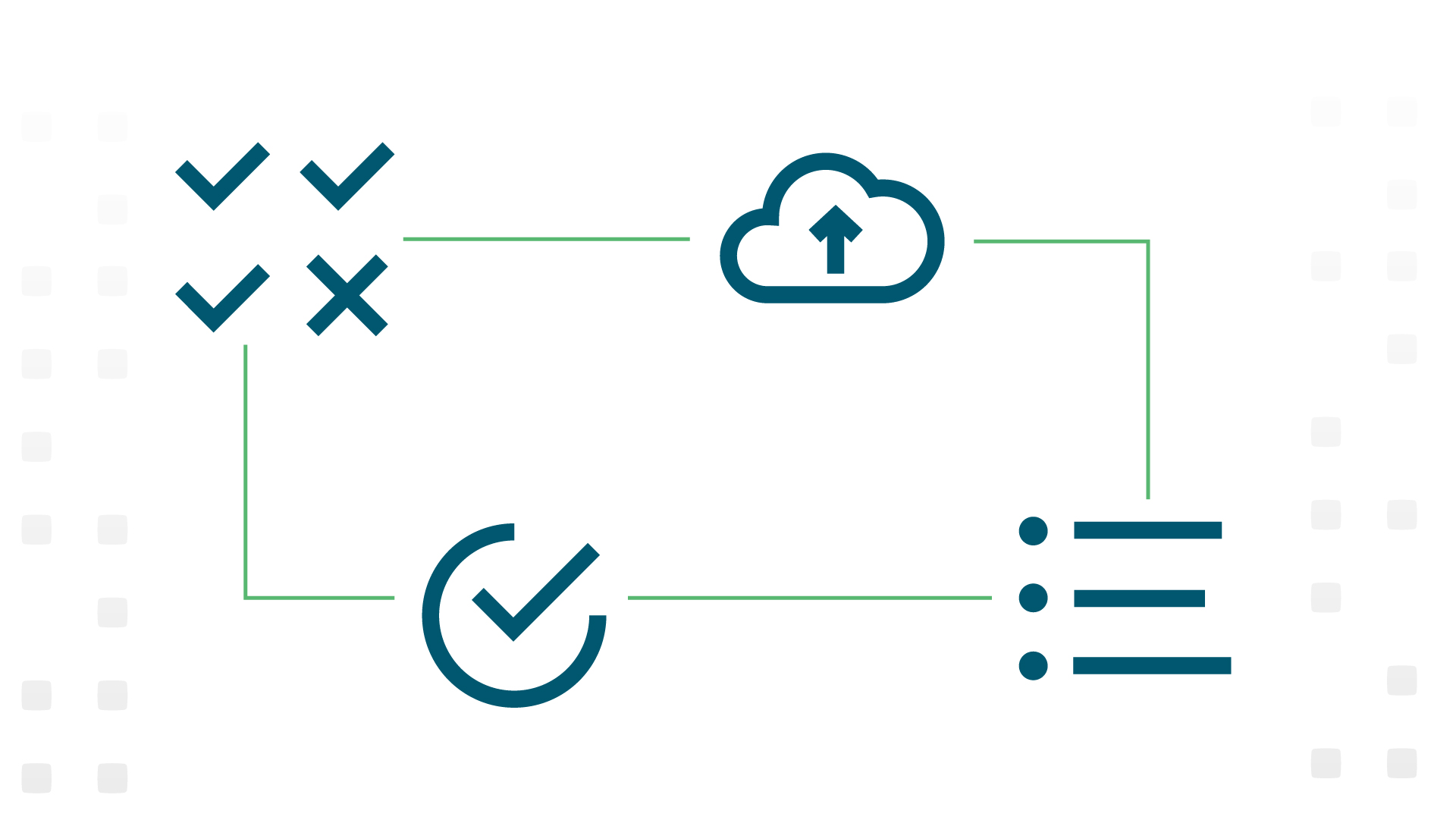Perhaps no industry has been as radically transformed by the rise of the public cloud as software.
The transformation has been so quick, in fact, that Gartner predicts in 2022 alone, SaaS offerings will generate nearly $141 billion.
That’s a lot of revenue, and it suggests turbulence ahead for software companies that have been slow to make the move to a SaaS model with their products.
The good news for those companies that have yet to make the jump is that transitioning to a SaaS model doesn’t need to be complex, nor does it need to be a long and expensive process. All you need is a roadmap.

Steps to going SaaS
Similar to migrating from an on-premises datacenter to the cloud, moving your software to a SaaS model starts with thoroughly understanding both your business needs and business goals.
This means asking questions like:
- Why do you want to move to a SaaS model?
- What are you expecting to get out of it?
- How will my software need to change to become SaaS?
Most of the time, the answer to the first two questions boils down to greater flexibility, new revenue streams, and a competitive advantage.
Answering the third question, however, requires a deep dive into your software to analyze how it will benefit from a move to the cloud and what components can easily make the transition.
Assessing and addressing software changes
For this step, we often recommend a tool like CloudPilot, which provides assistance in every phase of the transition process—from an initial assessment of cloud readiness to recommendations on the refactoring and final testing.
This software analysis is also when you identify access needs.
Is your product currently single-tenant (meaning, tied to a specific purchaser/user)? Will you need to update it to multi-tenant so that different users can access it within a single organization?

Addressing the tenancy needs of your software will likely be the biggest change you make as you transition.
But before you can start changing how your software is accessed by users, you need to focus on the most important thing, which is…
Data governance
By design, the SaaS model is meant to reach as many users as possible, simultaneously.
That means logins, subscriptions, payment processing, backups—all things that involve user data, most of it sensitive in nature.
Because of this, managing your user information needs to be your top priority as you develop your software’s path to SaaS. A good rule of thumb is to remember that designing a nice-looking login page is easy—how you keep your users safe after they log in is the hard part.

Areas to focus on as you work out data governance include:
- Identifying which data needs to be segregated based on user
- Whether or not user data will be hosted on different servers
- How permissions will be governed, since different users within the same organization may require different levels of access
These are the issues that you need to have hammered out before you move on to developing a SaaS-based proof of concept of your software.
Starting your journey to SaaS
Modernizing your software product to function as SaaS is a journey, not a sprint.
Before you begin that journey, you need to understand both what your organization is trying to achieve by moving to a SaaS model, as well as how you’re going to govern customer data going forward.
While successfully moving to a SaaS model brings a lot of benefits, realizing those benefits requires a bullet-proof plan of action.
If your organization lacks the skills or resources to fully modernize your software to exist as SaaS, Redapt can help you with every step of the transition process, from assessment and ensuring data governance, to making the migration and developing the user experience.
If you’re ready to explore transitioning to a SaaS model, contact one of our experts. And for more about modernizing your applications, check out our free guide Modernizing Your Applications for the Cloud.
Categories
- Cloud Migration and Adoption
- Enterprise IT and Infrastructure
- Artificial Intelligence and Machine Learning
- Data Management and Analytics
- DevOps and Automation
- Cybersecurity and Compliance
- Application Modernization and Optimization
- Featured
- Managed Services & Cloud Cost Optimization
- News
- Workplace Modernization
- Tech We Like
- AWS
- Social Good News
- Cost Optimization
- Hybrid Cloud Strategy
- NVIDIA
- Application Development
- GPU






